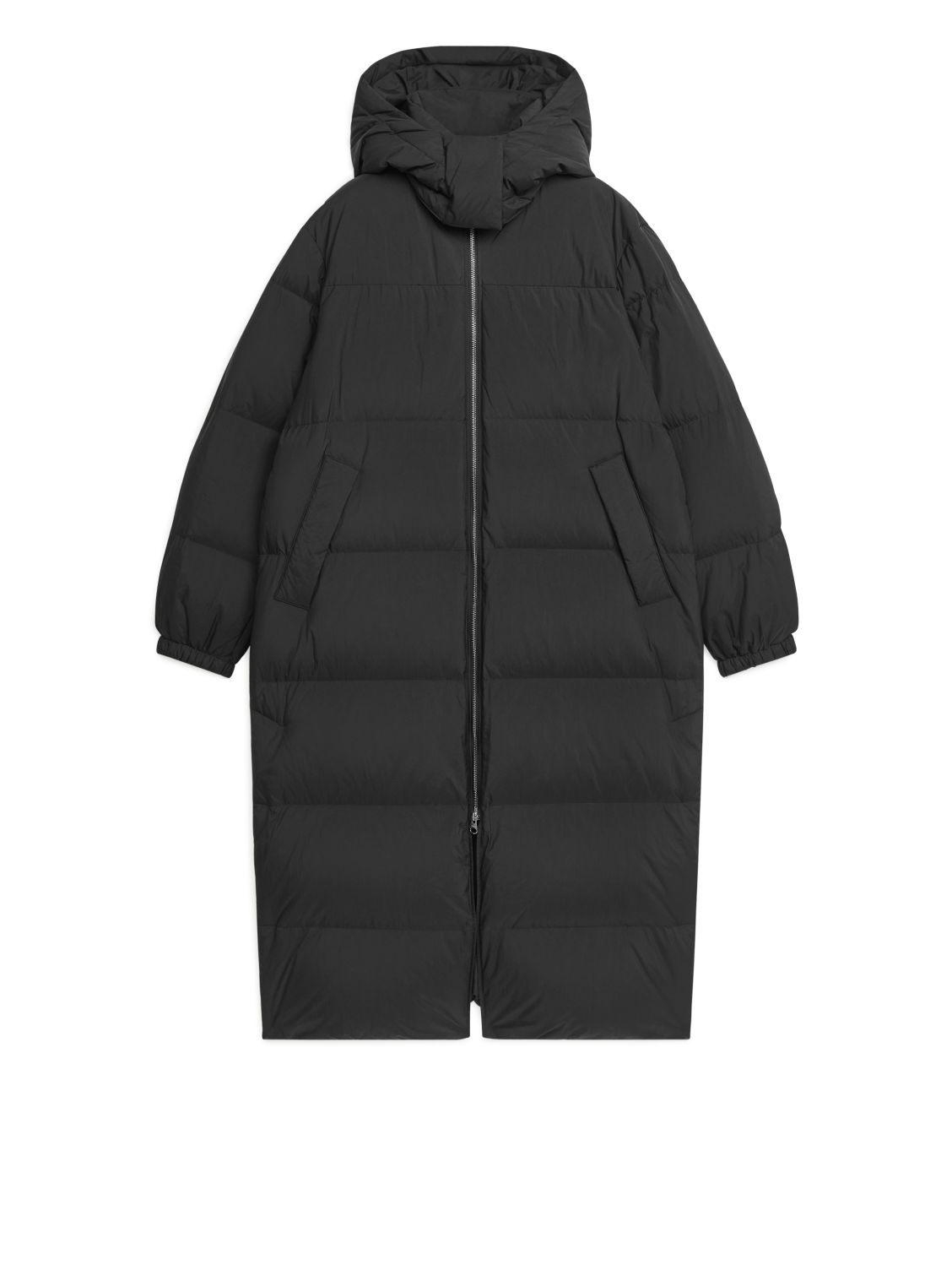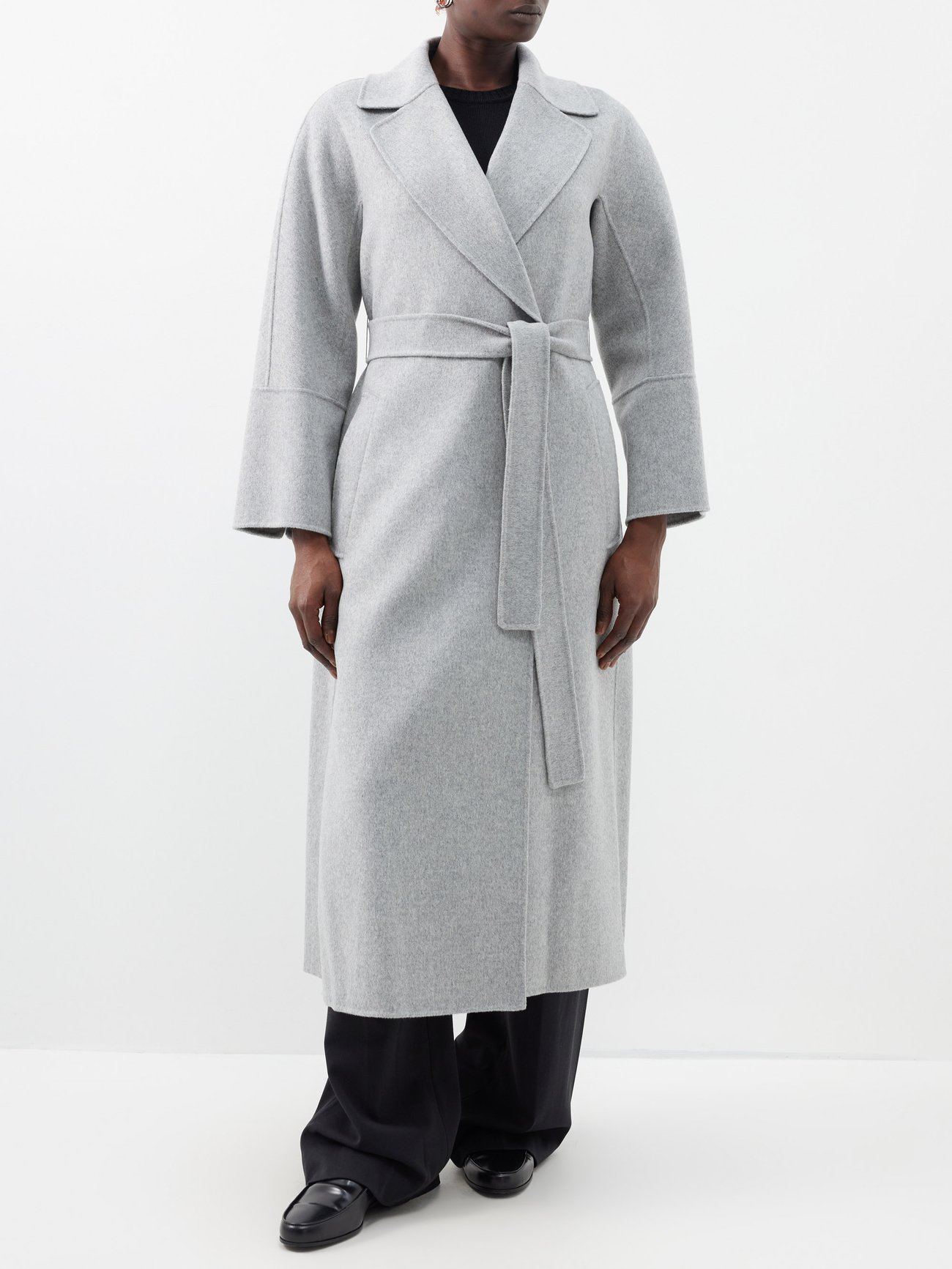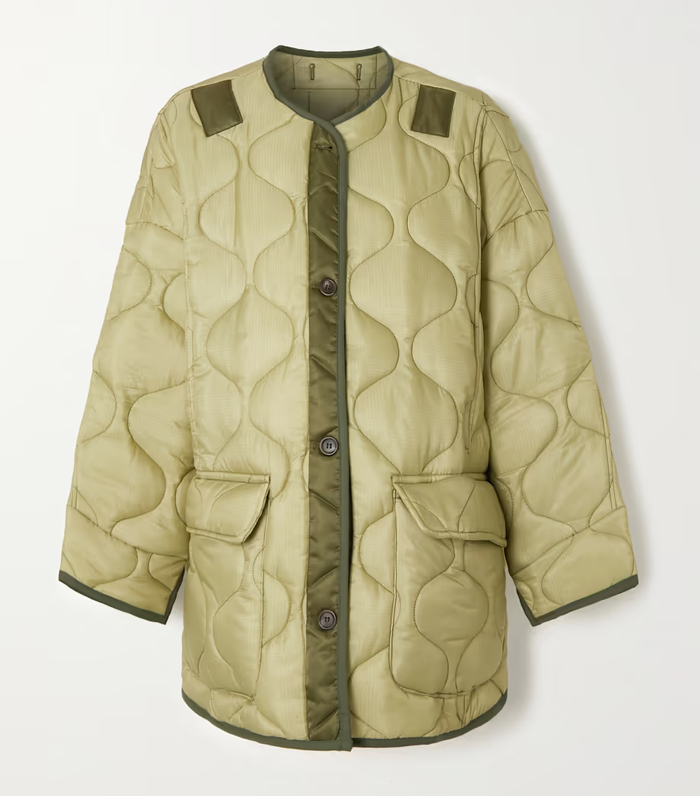
How often should you wash your coat? In short, you’re looking at once at the end of the season according to intel from the on-demand, sustainable laundry service Oxwash. But surely there are nuances to this professional cleaning schedule, right? What about how much you wear your coat, the fabric it’s made from, how long you’ve owned it, and how you store it? Well, to dig into the idea a little bit further in time for coat season, I reached out to Oxwash to get some further clarification, and its founder, Kyle Grant, duly responded with some incredibly helpful tips and tricks to keeping your outerwear looking in mint condition, lasting much longer and, well, not smelling like you’ve lived in it for the past few winters even if you have.
Jacket and coat weather is fast approaching. Temperatures have dropped as we move towards October, and the fashion crowds are already pinpointing their investment coat styles for the season (a scarf jacket from Totême here, an Arket puffer there) as well as evaluating the coat trends that have arisen on the runways and the streets. So whether you’re looking to add a new coat to your repertoire and want to know how to care for it or you’re wanting to breathe new life into a trusty old favourite, the expert information about how often you should actually wash your coat (plus many more questions answered) will help. Keep scrolling to find out more.

“This depends on the material, colour and fibre content,” says Grant. “If it’s a coat that you only wear now and again throughout winter, then I recommend washing it at the end of the season before it’s packed away for spring.”
Of course, it’s not too late to still wash your coat now ahead of the new season. Just bear in mind that you’ll need to leave it at the cleaners for a few days. So it’s better to crack on sooner rather than later.

“Wool is often referred to as a self-cleansing fibre,” Grant says. “And some types of wool can go quite long without needing a wash. It’s a little bit like our hair—it contains keratin, which breaks down the bad-smelling bacteria and odours. Cashmere or wool mixed with silk is more fragile and generally needs to be washed often to maintain its softness. If your coat is a parka jacket or down puffer jacket, you will be able to spot-clean it in most cases.”
I can confirm that I’ve found my wool coats to be far better at lasting through the season without smelling musty than any other styles. I would say it’s important to give your coats a good airing if they get soggy in the rain, or else it can lead to that wet-dog smell. Additionally, do not sit around in your synthetic puffer coat in warm spaces as this will lead to perspiring and ultimately a stinky padded jacket!

According to Grant, “Unless something happens to your everyday coat—such as spilling food or drink down it—then I’d still recommend washing your everyday coat at the end of the season. In winter, we typically wear a few layers under our coats, so it’s somewhat protected from our bodies and won’t need to be cleaned as often as an everyday garment!”
If you’re looking for more tips on how often to clean some of your everyday winter garments, Grant has additional advice for you below.

“Generally, most coats and jackets should be professionally cleaned—you don’t want any washing accidents!” says Grant.
Not to go against an expert opinion here, but I have had a few experiences with coat-washing at home. Obviously, there is a big disclaimer here that I am not a laundry expert and my advice isn’t gospel! Synthetic downs (not feathers) like a style from Uniqlo, for example, can work quite well in a washing machine so long as you do a gentle wash and ensure you dry it out thoroughly. Be careful if you do try to wash something like a trench coat—even though it’s cotton, there are hardware pieces and fixtures that might not be as hardy as they look. I will never forgive myself for ruining the buckle of a Margaret Howell trench coat—what a fool!

Grant says that “one of the best ways to be sustainable with your winter laundry is to wash less! For example, the likes of sweaters and jumpers should be washed every two to three wears for cotton, silk, cashmere and up to every five wears for wool. Between washes, you can air clothes (the colder outside the better as it kills the bacteria) or give them a little steam with the iron.
“Washing clothes in general requires a lot of water. A single wash cycle uses anything between 50–80 litres of water. A recent study conducted by Oxwash found that up to 360 billion litres of water go down the drain each year from UK washing machines—the equivalent of draining Windermere (England’s largest natural lake).
The other sustainable alternative to winter washing is to get your items Oxwashed for a guaranteed hygienic and renewed wash. We give all garments the longevity they were designed for whilst using state-of-the-art, low-impact washing technology and a technique called ‘wet cleaning,’ which is far better than toxic dry-cleaning and is better for your clothes and the planet. Loved clothes last, and the superior, gentle care we provide at Oxwash will also extend the life of a garment by up to three times.”

“Machine-washable cashmere can be popped in the wash on a wool or a delicate cycle with a cashmere shampoo on a low, 20-degree temperature. Turning the garment inside-out can also preserve softness. For other cashmere garments, I’d recommend hand-washing them,” says Grant.
If you’re looking for machine-washable cashmere, then my top affordable brands would be Boden, H&M, Marks and Spencer and Uniqlo.

“If your coat needs a ‘freshen-up,’ rather than going in the wash, I’d recommend using a non-toxic, natural laundry spray such as Norfolk Living or The Lab Co. to make your coat softer, smell fresher and reduce creasing,” Grant says.









Next Up: I Spent Hours Searching—These Are the Best Wool Coats For Every Budget
This story was originally published at an earlier date and has since been updated.

